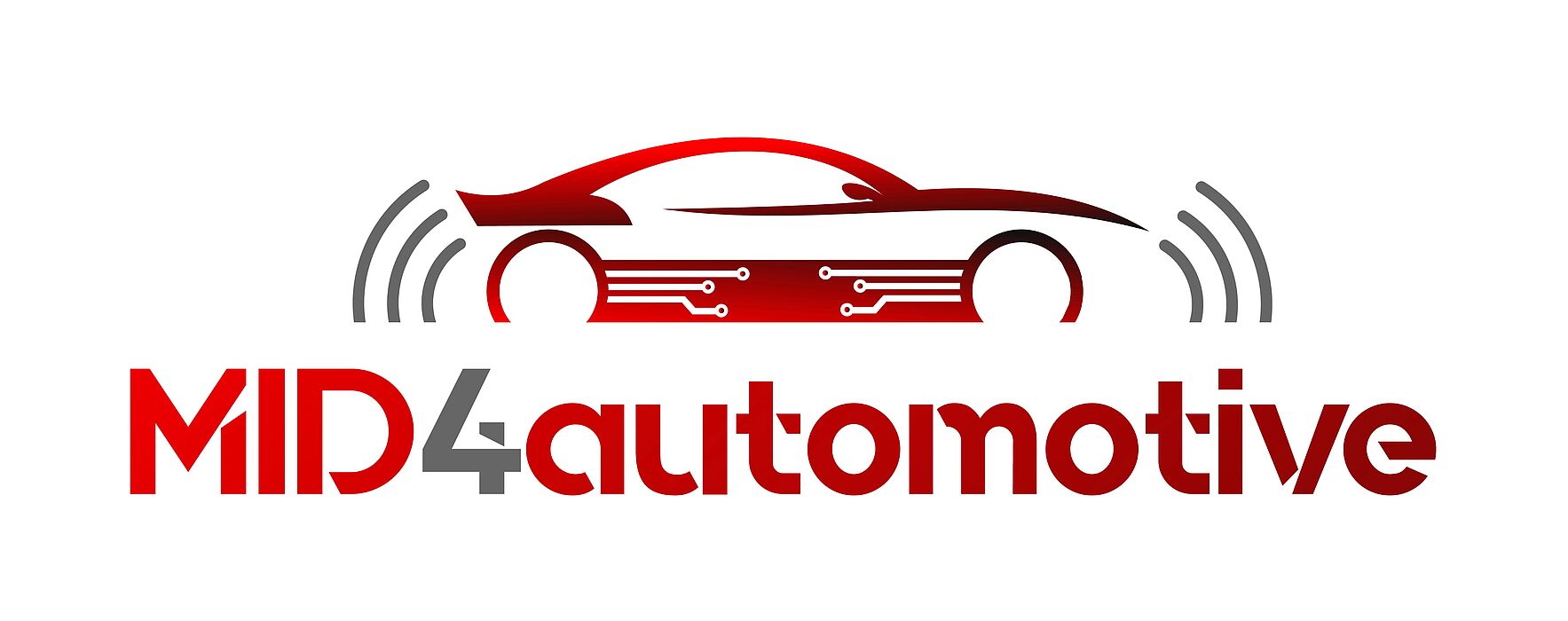The future of autonomous vehicles should come closer thanks to ever better sensors in cars. In a new project, partners from science and industry are investigating how modern radar systems can be optimally integrated into the plastic surfaces of bumpers and mirrors. The idea is to integrate and interconnect electronic components directly on three-dimensional injection-moulded parts instead of on a circuit board. This makes the electronics a firmly integrated part of the assembly, which can then be used flexibly and modularly. To advance the process, the Heinz Nixdorf Institut at Paderborn University is cooperating with numerous research institutions and industrial partners. The German Federal Ministry of Education and Research (BMBF) and the Netherlands Enterprise Agency (NEA) are funding the project "MID4Automotive – structurally integrated electronics by means of injection moulding for improved radar systems in automobiles" in the European EUREKA cluster for three years with a total of 4.98 million euros.
More design freedom, less weight, better performance
In order to develop easily integrable yet powerful automotive radar applications, the project team is working with so-called 3D-MID technology. The abbreviation "MID" stands for "Molded Interconnect Device" or "Mechatronic Integrated Device". This technology makes it possible to attach three-dimensional conductor tracks to the surface of injection-moulded plastic parts and use them as circuit carriers for electronic or mechatronic assemblies. "The technology offers more advantages and flexibility compared to conventional modular construction. It allows a high degree of design freedom with simultaneous miniaturisation and weight reduction", emphasises Pascal Kneuper from the Heinz Nixdorf Institut's research group for system and circuit technology from the field of electrical engineering.
Up to now, radar systems for environment detection have mostly been mounted behind panels at specific locations on the vehicle to ensure the most appealing design possible. The aim of the project is to be able to position radar systems around the vehicle in the ideal places. The 3D-MID technology makes it possible to integrate them directly into plastic surfaces such as bumpers, side strips or mirror housings. This would allow angles to be detected much more accurately. Since the systems in vehicles have to be highly reliable, the project team is working on optimally developing the technology for this application. In the future, it will also be used to integrate wireless communication systems into the vehicle in the best possible way.
Partners from science and industry
In addition to the Heinz Nixdorf Institut at Paderborn University, the partners in the "MID4Automotive" project include the Fraunhofer Institute for Mechatronics Design IEM, the Technical University of Eindhoven and the Netherlands Organisation for Applied Scientific Research (TNO), as well as the industrial partners Konrad GmbH (coordinator), Fujikura Technology Europe GmbH, MID Solutions GmbH, Lackwerke Peters GmbH & Co. KG, NXP Semiconductors Germany GmbH, Volkswagen Group, perisens GmbH, Mitsubishi Chemical Europe Technical Center BV, Astron and ItoM (Semiconductor Ideas to the Market).
This text has been translated automatically.

